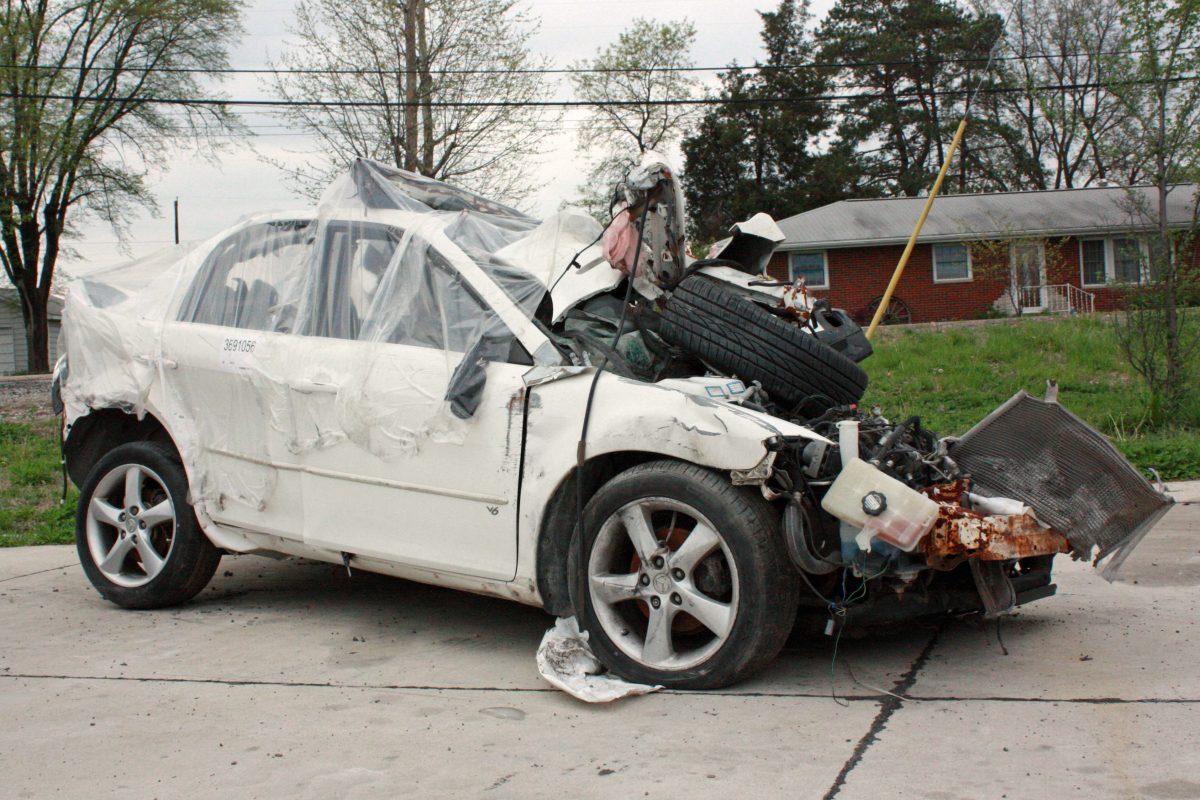Risks Of Teenage Driving
Teenage driving comes with the excitement of newfound freedom, but it also harbors inherent dangers. The combination of inexperience, impulsivity, and a sense of invincibility can create a hazardous mix on the roads. It is important to explore the dangers surrounding teen driving and understand the potential risks that adolescents face while behind the wheel.
1. Lack of Experience
One of the primary dangers associated with teen driving is the lack of experience. Teen drivers often lack the experience necessary to navigate the complexities of the road. Young drivers find themselves in situations they have not encountered before, leading to delayed reactions and poor decision-making. Limited exposure to diverse driving conditions and challenges leaves teen drivers ill-equipped to handle unexpected situations, which increases the likelihood of accidents. However, exposure to diverse driving conditions over time can help build the skills necessary to navigate the roads safely.
Although new drivers under 18 in Virginia are required to have 45 hours of driving experience before they get their license, it’s a good idea to make sure you practice driving in multiple different conditions, and drive more than just the minimum.
2. Distracted Driving
Lack of experience is far from the only reason teens are at more risk than adults on the roads. In the age of smartphones, distracted driving is more of an issue than ever, especially among teens. Texting, calling, or using social media while driving diverts the driver’s attention from the road, significantly increasing the risk of car accidents. According to the National Highway Traffic Safety Administration (NHTSA), in 2021 over 3,500 people died from accidents caused by distracted driving.
Teen drivers, in particular, often grapple with the impulse to multitask while behind the wheel, so educational campaigns and a strict environment of anti-distracted driving laws are crucial for addressing this risk. After all, it only takes a second of looking away from the road to end up in a devastating accident, which could result in either the death of the driver, or someone else’s. your untimely demise or an innocent person’s death. According to the NHTSA, “Sending or reading a text takes your eyes off the road for 5 seconds. At 55 mph, that’s like driving the length of an entire football field with your eyes closed.”
3. Peer Influence
Aside from phones and technology, there is another way teens are frequently distracted on the road. Teens are more likely to engage in risky behaviors when accompanied by peers. According to the Children’s Hospital of Philadelphia, the crash risk doubles when teens drive with one peer passenger, and triples with two or more teen passengers.
Why? The desire to impress friends or succumb to peer pressure can lead to reckless driving, speeding, and other dangerous actions. The presence of friends in the car can be a significant distraction, diverting attention from the task at hand, which requires one’s full attention. Distractions may include loud music, yelling, or looking at peers rather than taking your eyes off the road.
As a result, the state of Virgina has laws restricting who can be a passenger in a teen driver’s car. Teens are only allowed one non-family passenger for their first year, while the second year of driving they can two passengers (Although they can have more passengers if its transportation is to or from a school event.
4. Speeding and Recklessness
Excessive speeding and reckless driving are common contributors to accidents involving teens. Speed reduces a driver’s reaction time, impairs their ability to navigate unexpected obstacles, and worsens the impact of collisions. As noted by EMC Insurance, claims that for every 10 mph of speed, the risk of dying in a car crash doubles.
Therefore, high-speed collisions often result in more severe injuries and fatalities. The increased force of impact can also lead to a higher probability of vehicle rollovers and loss of control. Young drivers often underestimate the consequences of speeding or engaging in aggressive maneuvers. Teaching the importance of obeying the speed limit and traffic laws can help curb these risky behaviors which kill multiple drivers every year.
5. Impaired Driving
The issue of impaired driving, particularly under the influence of alcohol or drugs, poses a significant threat to teenage drivers. In many cases, teens may underestimate the effects of these substances on their ability to drive safely. The CDC (https://www.cdc.gov/transportationsafety/impaired_driving) reported that teens drive intoxicated about 2.4 million times per month, and that underage drivers are 17% more likely to be involved in a fatal car crash with alcohol in their system. On average, around 20 drivers and passengers between the ages of 16-20 are killed in alcohol-related accidents each year in Virginia, and over 400 more are injured. Strict enforcement of underage drinking laws, coupled with comprehensive education on the dangers of impaired driving could help to minimize this serious problem.
Teenage driving, while emblematic of newfound independence, carries inherent dangers that demand our attention. By addressing the lack of experience, combating distracted driving, acknowledging the influence of peers, promoting responsible behavior, and emphasizing the risk of impaired driving, we can work towards creating safer roads. Education, awareness, and ongoing efforts to enforce traffic laws are key components in ensuring that the road to independence does not become a perilous journey for teenagers.








